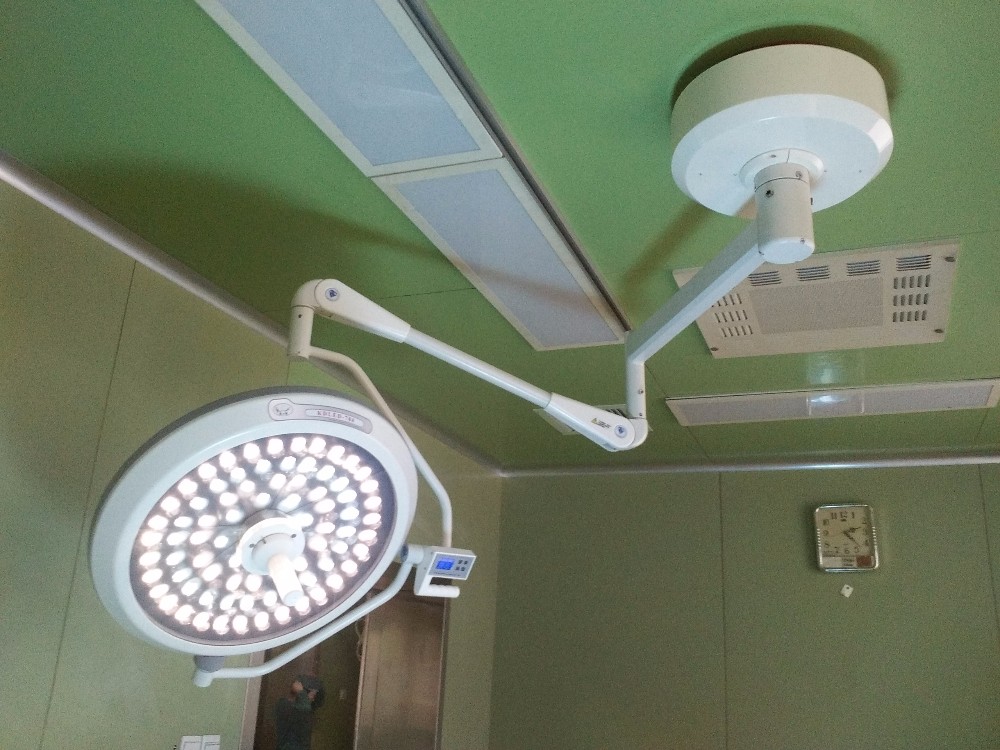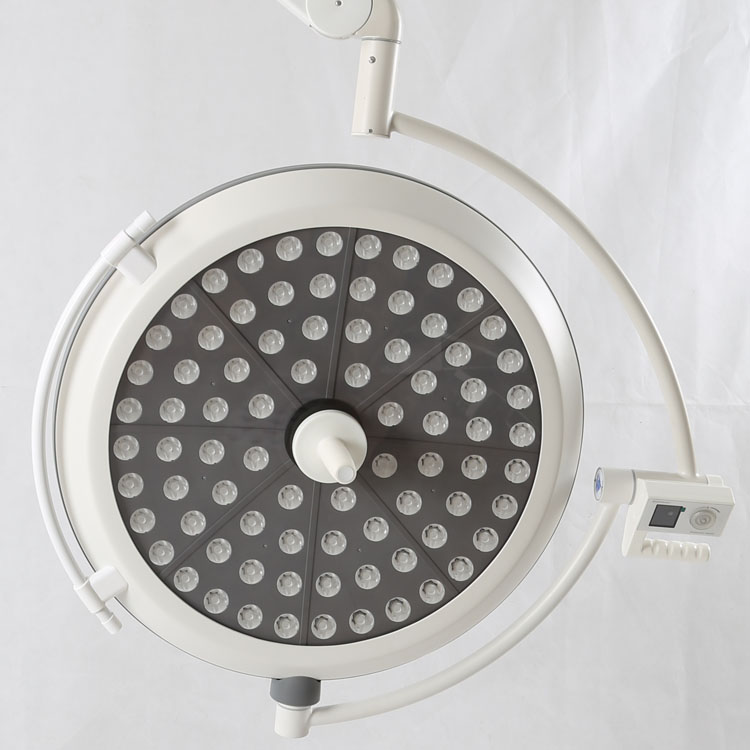First, correctly distinguish the merits of fish species
Farmers should correctly distinguish the pros and cons of fish species based on the biological characteristics of the main carp culture species when buying carp fingerlings and avoid being deceived.
Second, the design of a good stocking stocking density
In order to reduce the cost of farming, it is best to cultivate large-scale fish species on their own.
The use of ponds to cultivate carp fingerlings, stocking squid from 0,800 to 120,200 catfish per acre, can achieve the purpose of developing 50-60 grams of specifications.
When carp adult fish culture is conducted, when the average size of the fish species is 50-60 grams, the 1500-1800 tail of the carp species to be stocked per acre is the most ideal, and the commercial fish can be up to 350-400 grams in size.
Third, determine the collocation
To cultivate large-size catfish species, do not use grass carp and catfish. Instead, choose carp and catfish. The quantity should account for about 20% of the main carp and carp account for about 10% of carp. It is not too early to match the species' stocking time, especially if the fish is used too early to influence the domestication of the catfish.
Fourth, domestication of fingerlings
Squid is a fish living in the lower and middle layers of the water body. It mainly raises the fish ponds of the carp. After the domestication of the fish species, it can reduce feed costs and increase profits. It is relatively easy to domesticate squid during the cultivation of fish species. The domesticated fish species have a short time for catching and eating during adult culture and are easy to manage. Adding appropriate additives in the feed during domestication can shorten the acclimation time and increase the feeding area and quantity of squid. The density is large, the number of groups is large, and it is easy to acclimate. On the contrary, the percentage of long-term domestication and the tendency to catch up and snatch food is low. When the density has been determined to be unchangeable, the water level of the pond can be reduced. If the density is relatively increased, it will not only facilitate domestication, but also increase the pond water temperature and promote fish growth. With squid and squid species, they should be released after the main squid has not formed. The water during the domestication period should be "lean" and not "cloudy."
V. Feed particle size and feeding rate
The selection criteria for the size of feed for squid should be “small is not bigâ€. When the size of the common carp is below 10g/tail, the particle size of the feed is 0.50mm; when 10-30g/tail, 1mm is selected; 30-75g/tail is 1.50mm; 75-100g/tail 2 millimetres for selection; 2.40 millimetres for 150-300 grams/tail; 3.20 millimetres for 300 grams/tail.
The feeding capacity of fish is directly affected by the size of the fish and the temperature of the pond water, so the feeding rate should be adjusted according to the actual situation, and should not be the same.
Six, fish disease prevention
Although the disease resistance of carp is strong, in recent years, carp hemorrhagic disease has been found. Although the incidence of this disease is not high, once it is allowed to develop, it will lead to a large number of carp deaths. The disease is mainly manifested in the sick carp: floating water (fatigue), pale color, the body surface of the abdomen, the spine on both sides (fine scaly) visible needle parasite parasites. The worms had erythema of mung bean or pea size at the place where they were born, and the scales in the lesions were loose or detached, the mucus increased, and a few formed obvious ulcers. Pathogens are ticks.
Etiology: First, the pond is not completely clear or clear ponds, the pathogens standby abortion; Second, the input into the body surface damage (or production operations caused by carelessness of the fish surface injury) of the species, for the pathogen to create an opportunity to parasites.
Prevention: Sprinkle with 2.50% trichlorfon powder 1-2 days before the squid species. The small area of ​​the main pool can be splashed with 90% crystal trichlorfon 0.30 g/m3 in each half of the season during the onset season; a large area of ​​squid polyculture pool can be used to carry the trichlorfon hung in the eel season. ) 1-2 times a month, each time for 2 days.
Treatment: In aquaculture, when signs of illness appear, observe and inspect in time. After confirmation, 0.50 g/m3 of 90% crystal trichlorfon 0.20 g/m3 of ferrous sulfate mixture can be spilled at one time. For secondary oystercatchers (or a pond that has been used repeatedly with trichlorfon), use an agricultural enemy to kill Quanchiposa. Use an amount of 6-10 ml per mus of water.


Germany imported beads
Imported French lens
mould Die-casting Eight edge type Revolving arm
Optional emergency power supply≥3 hours
The main features:
1)Ideal cold light effects
Using the new LED cold light source, ensure energy saving and environmental protection and long service life up to 80,000hours and more.
The temperature increase of surgeon`s head below 1℃. LED do not engender infrared ray and ultraviolet radiation, without the temperature
rise and tissue damage caused by halogen shadowless light, also it can accelerate the wound healing after surgery, and without Radiation pollution.
With color temperature constant and soft, LED is very close to the sunshine.
1) Excellent shadowless effect
Lamp with the most scientific radian and Multi point light source design, ensure better uniform illuminance. When the lamps are partially occluded,
also can achieve perfect shadowless effect.Lamp panel radius of gyration ≥182cm, the lamp can be pulled to vertical floor, convenient to any angle illumination.
2) Excellent deep lighting
It is based on modularize method by Computer Aided Design, focused to irradiating with more beams of LED. It produces the deep lighting which beams
more than 1200cm,the illumination of center up to 180,000Lux or more, and offer the color temperature that can be adjusted from 3700K to 5000K which
is close to sunshine. Absolutely, it really reflects the color of human tissue and satisfied by all kinds of operating light needs.
3) Advanced control system
The use of liquid crystal display button control, to meet the needs of the medical staff of different patients with the brightness of the operation.
It offers illuminance memory function.
It does not effect using when a single circuit or one bulb is broken.
4) Universal suspension system
Rotating arm, a new type of alloy material is made of eight edge type.
Balanced system using imported arm module, more than 5 group universal joints, every cantilever must has more than 3 joints which can be rotated in 360°,
The structure is light, easy to manipulate, accurate positioning, can provide the maximum range of regulation.The equipped with fatigue correcting unit and
fix position hand handle device, easy to fix position after long time use.
5) Modern laminar lamp
The thickest part of lamp-chimney is not more than 10cm.
The lamp-chimney is made of ABS, The handle on the central of lamp can be detachable, can take high temperature (≤ 134°C) sterilization treatment,
easily adjust, flexible fixed.
Single Dome Operating Light,Operation Theatre Lights,Single Head Operating Light,One Head Operating Lights
Shandong Kang'erjian Medical Technology Ltd. , https://www.operatingtable.nl